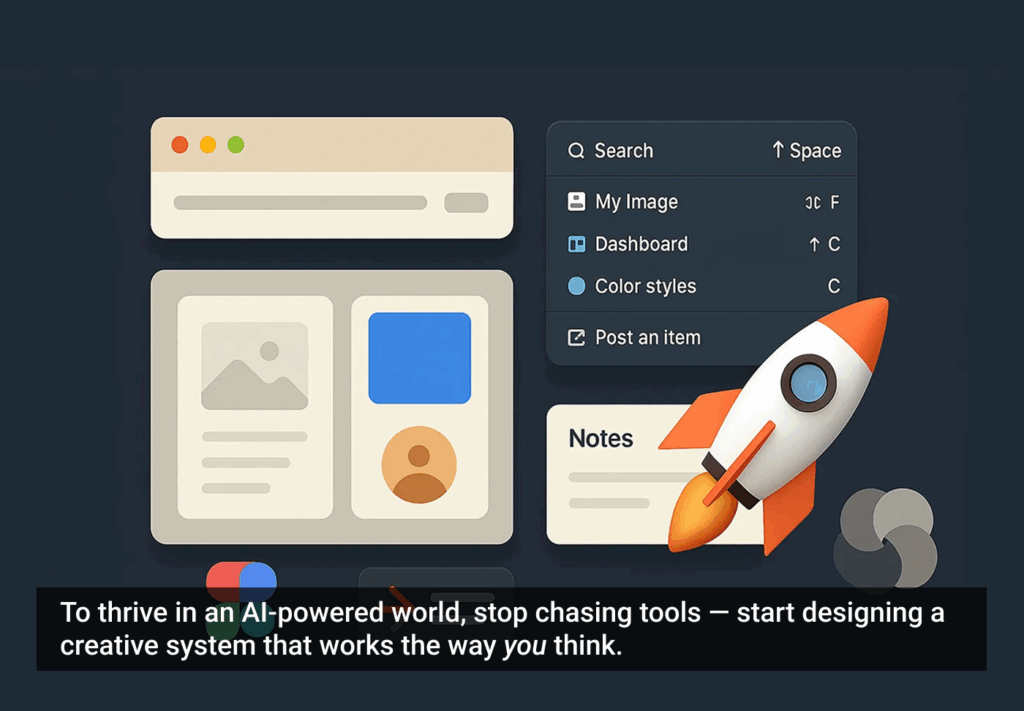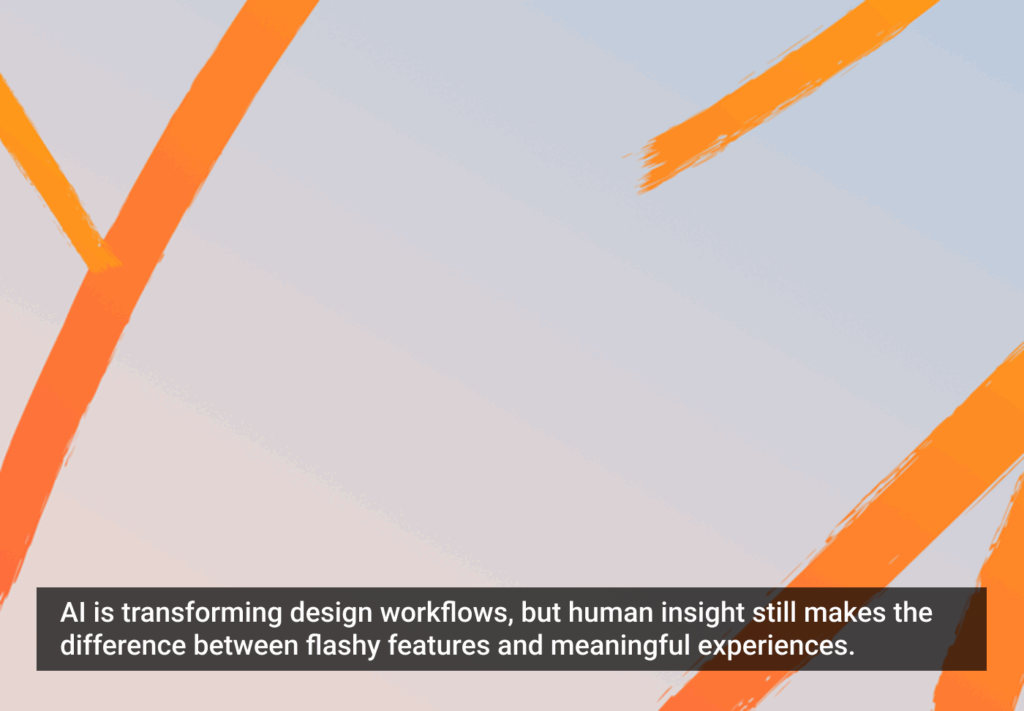There is more pressure than ever to quickly deliver smart solutions for increasingly sophisticated users, clients, and devices. In an attempt to stay on top of it all, designers are constantly striving to gain proficiency in the best tools, methodologies, and technologies of the moment.
This is one of the more exciting aspects of our profession, and we’ve made great strides in supporting this need to be nimble by emphasizing detailed deliverables less and focusing more on efficient team collaboration and getting solutions in front of users early and often. But while we’ve been focused on honing our technical skills and knowledge, I can’t help but notice that we are slipping up on some of the basics and risking losing some of the ground we’ve gained. This is a big deal, particularly in large long-term enterprise design projects, because how we operate ahead of design cycles greatly affects our design work and our susceptibility to design churn.
I’ve found my own calendar filling up with more non-essential meetings about process, pushing aside the precious time needed to develop design solutions. I’m hearing similar stories from other designers. The good news is that we can course-correct pretty easily. We just need to be sure we’ve built solid foundations for the work we do so, once we begin design, we can maintain focus and truly get to sophisticated solutions as efficiently and smoothly as possible. So how do we do it?
Know the Answers to These Questions Before You Begin
Often, it’s the obvious that is most easily overlooked, especially when you’re under pressure and/or deadlines! All the more reason to set yourself and your team up for success by stepping back and making sure you know the answers to these questions before you jump into design:
What problem will you solve and why?
What ideas or issues led to the need for this project? What solutions have been attempted or proven unsuccessful in the past? Most importantly, why does this problem need solving in the first place? We all know that developing design solutions uncovers new, sometimes larger, issues that need attention. Sometimes these issues need urgent attention other times they are distractions. Knowing the “what & why” from the beginning will help you decipher between what needs to be addressed as it arises and what can wait until a future project.
What is your role?
Many agencies and teams have clearly defined roles on any given project but many others are more loose and non-hierarchical. No matter your culture, for each project you take part in, understand your role and how you can use your skills (within and outside of your actual job description) to meet and exceed the goals of the project. Having a clear understanding of this upfront takes the guesswork out of who’s doing what, prevents efforts from being duplicated, and allows you to focus on what you need to get done.
What are your personal strengths and challenges?
No matter the team or the client, different personalities will inspire and affect each other in different ways, making it important to understand individual strengths and how you can all work well together. How will you interact with others on the team, playing to their strengths and helping with their challenges? If you don’t know your strengths, the book Strengths Finder is a great resource to uncover and learn how to best leverage your natural abilities. Also, ask yourself how you can accomplish your most creative work. Do you need more time in solitude to focus and develop your ideas, or does regular interaction with people spark more excitement and creativity for you?
How will you communicate with your team and clients?
Know what communication styles and cadence work for your team and your clients. How often will you interact? Will it be in person? By phone? By email? Additionally, make sure to establish common terms and language up front with your client or stakeholders and internal teams. Does everyone share an understanding of the terms you’re using? Do you know what the client is referring to when they use language or acronyms that are common to them? Is your definition of each deliverable and/or methodology the same as your client’s?
Know what communication styles and cadence work for your team and your clients
What’s expected from you and your team in the eyes of your client or stakeholder?
What can you bring to the table? Do you have the same design values and expectations? A great way to figure this out is to do this quick exercise during the project kickoff or an initial workshop. Grab a stack of sticky notes and ask everyone to list four or five things for each of the following categories:
- What do you want professionally from this project? (e.g. “change the way our organization develops products,” “maintain user advocacy,” “educate executive leadership on the value of UX,” etc.)
- What do you want personally from this project? (e.g. “adopt a truly agile software development process,” “gain a solid understanding of our customers,” etc.)
- How will you reach these personal and professional goals? (e.g. “implement agile software development,” “take a class,” “meet regularly with the executive team,” etc.)
- What qualities, actions and expectations do you look for in your teammates? (e.g. “honest and responsive communication,” “efficient weekly meetings,” “willingness to speak up if the project goes off course,” etc.)
- How will you reach these goals on a day-to-day basis? (e.g. “seek feedback,” “establish a meeting cadence,” “schedule meetings with leadership,” etc.)
Go through the categories one at a time and discuss everyone’s additions. Themes will start to emerge and you’ll realize where you have a shared understanding of what needs to be accomplished and where there might be gaps in expectations.
Who are your users?
But really, who are they? What are their goals and needs? After all, this is why we do what we do as UX professionals and we know it is the core focus that differentiates great products and businesses from mediocre ones. If you and your client or stakeholder don’t have a solid and shared understanding of who your users really are through dedicated research, rather than who you assume them to be, you are setting your project up for significant challenges. And the thing is, as user advocates this is our number one job. As designers, however, we can be just as prone to losing sight of a user as a large company can be while we’re managing all of the moving parts of a project. Adopt the identified user goals as your own before beginning design and be able to recite them alongside every design decision as you move along.
What are the business goals, who are the stakeholders, what are they trying to achieve?
This is another thing that can easily be overlooked (by clients and stakeholders as well) as dynamics and roles change, or additional people join the project. Understanding the stakeholders involved and their specific goals will only help you tailor your design communication and better navigate potential design setbacks.
How much time do you have?
What are the major deadlines? What needs to be accomplished by each milestone? Are deadlines realistic? If they aren’t, or become unrealistic as you learn more, speak up early and often and work with your team and clients to prioritize each piece. Mark them on your calendar at the start of the project and figure out your personal plan to get to each milestone. That way, when the inevitable extra meeting or additional client task arises, you’ll know what you have planned and what you can or cannot give in order to make the formally defined deadlines. Beyond that, establish a system of discipline for yourself.
What are your largest constraints?
Business? Technology? Design? Understand what they are and why those constraints exist so you will know if they are actual constraints or just assumptions, and whether they can be adjusted.
Conclusion
Bottom line, spending a little bit of time upfront to get this information, (and maintaining focus on it throughout your design process) will ensure you’re operating at the top of your game and delivering useful solutions as quickly and efficiently as possible.
Image of bridge supports courtesy Shutterstock.







